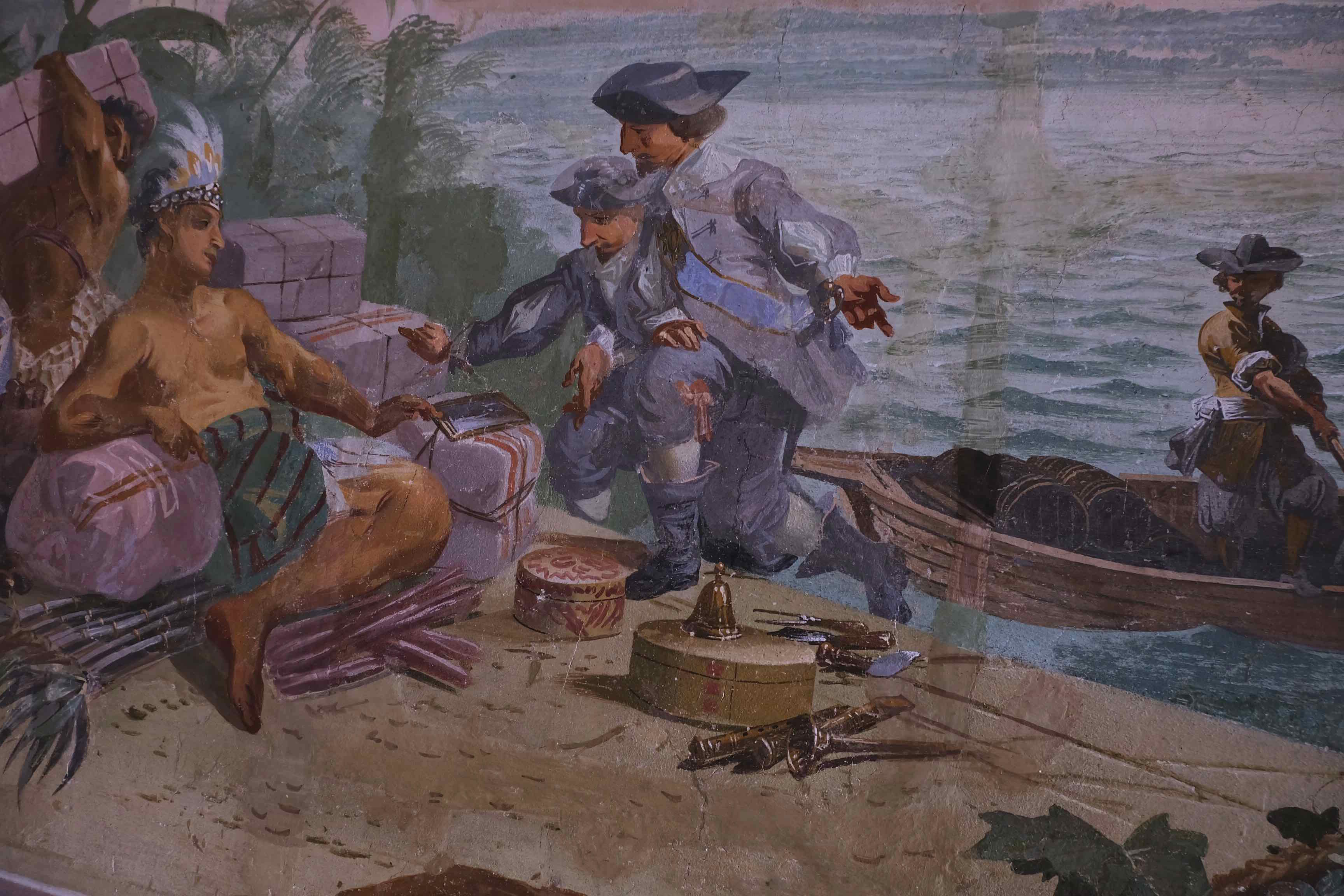The Artist in Financial Times
Before I subscribed to the Financial Times (FT) on 18. April 2020, I‘d been cherry-picking the internet for ever stronger sensations. I remember waves of bioluminescent algae, thundering into the Californian coastline. I marvelled at baskets full of illegally collected Pangolin scales in China. I clicked through a gallery of self-made cocaine submarines, hidden in the jungles of Columbia.
Then back to Brexit and Trump, Australia shrouded in black smoke, climate meltdown, global inequality, racism, refugee camps, EU-disintegration, big data, toxic masculinity, species extinction, etc, etc.
Come to think of it, a lot of the performance art I’d recently been seeing, or consuming, worked the same way: a constant back-and-forth of shock and awe, dark and light, low and high. A viciously addictive circle of sensual amazement feeding on moral outrage, and vice versa. The red glow of a cocktail bar, as performers emerged from pale fog to denounce the injustices of Haitian sugar-production. Five dervishes spinning into headless trance, followed by Islamic-State beheadings. A naked male torso flittering over a stage in triangular cardboard wings, a mere warm-up for a gruelling panel discussion on capitalism, patriarchy, and institutional racism in the Vienna art scene.
The FT, by contrast, works like a giant Zen computer. It translates the sensual overload and moral complexity of 2020 into the more manageable language of numbers, charts, graphs. The FT is full of graphs. They look like giant stacks of blue-pink sushi (“With India, Democracies are very populous”), brightly coloured power lines hanging from pylons (“Trade Distortions are increasing”), or grey streams of steel, trickling sadly down a mountainside. Industrial employment in Germany, UK, Italy, France, Spain, Japan and the US has declined from over 40% of the working population in the 1970ies to less than 20% at present. Interestingly, factory output in these countries has continued to rise over the same period – as have populist politics.
Graphs and numbers don’t just represent economic reality, though. They also create it. No matter how bleak or gigantic the financial data appears to be (7, 12%, €30m, $700bn, … ), its implicit message is always one of trust, control and universal standards. To speak in numbers is to square the world into an equation. Numbers are the native language of managers, traders, consultants, bureaucrats, entrepreneurs, military officials. They are the abstract axles around which the world’s machinery revolves.
Indeed, the very nature of money is to impose a trustworthy, unified numerical system. Typically, money is governed by a central power – the kings and queens, presidents and bankers whose heads and signatures adorn coins and banknotes. Euro banknotes also depict the bridges and columns of civilisation. As if the world’s periphery in 2020 might still be a primitive wonderland of exotic animals, shell-and-coconut bargains, straw huts – rather than the sneaker sweatshops, electronics factories and tourist beaches those Euros actually control.
Could numbers and graphs become part of a subversive artistic practise? It might put artists in the same boat as those who use them to normalise and rule. Maybe any serious challenge to the current economic order must begin by putting forward alternative, decentralised currencies, as Bitcoin has done. We’d have to practise dedimensioning, uncounting or financial queering. We’d have to invent new numerical systems.
FABIAN FALTIN © 2020

